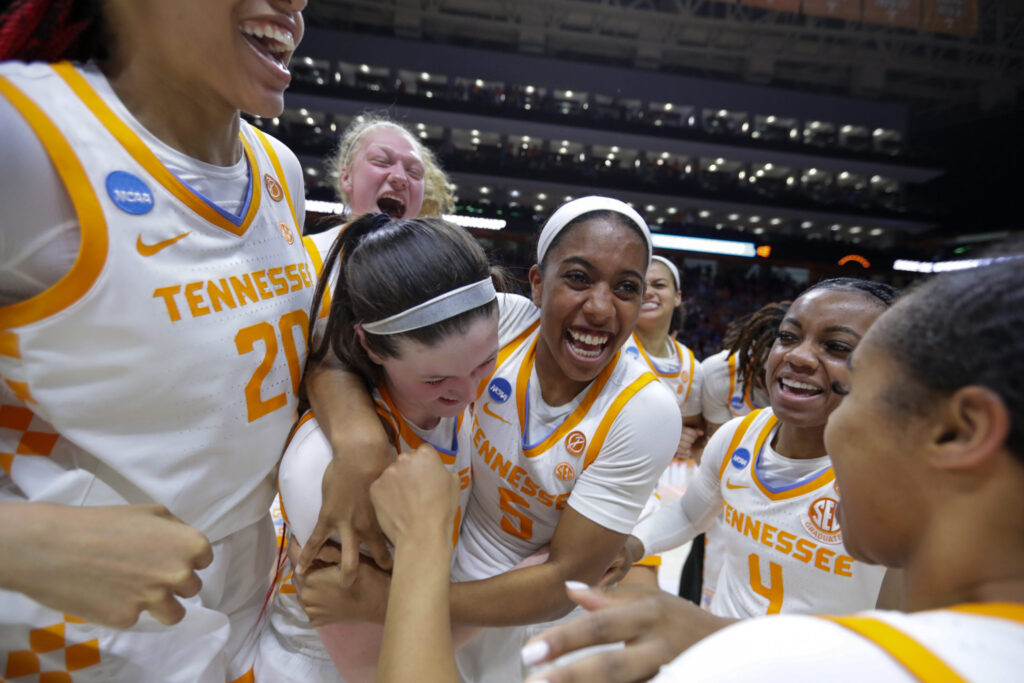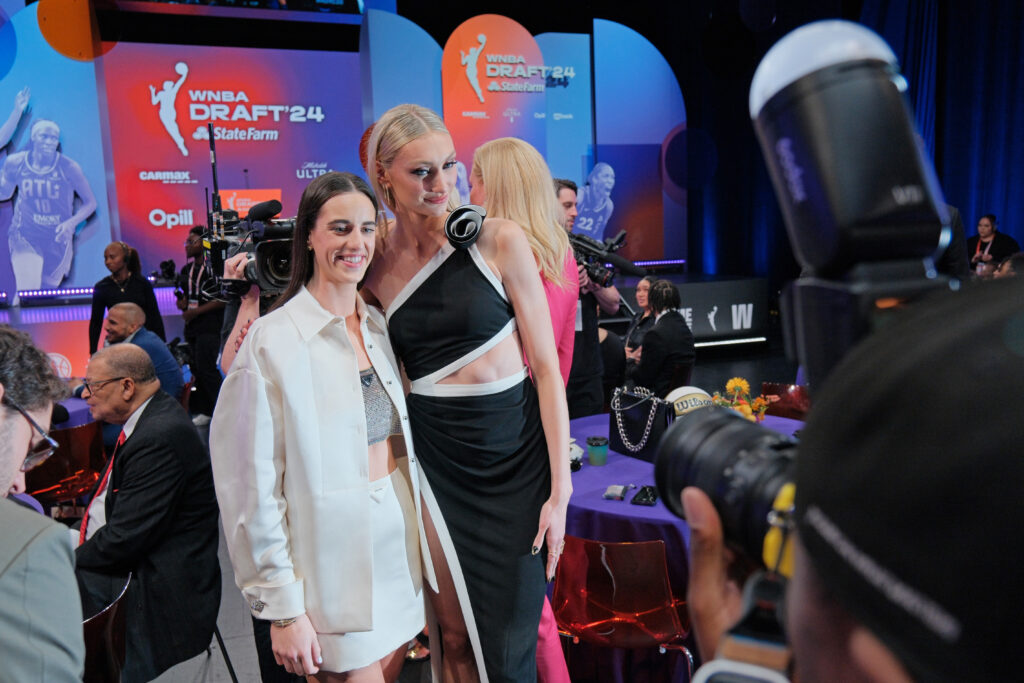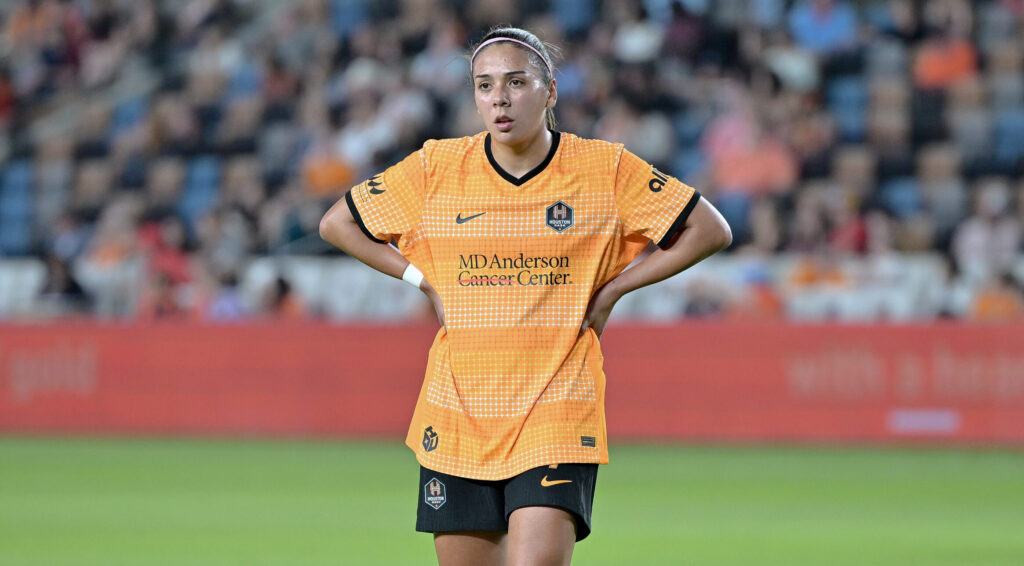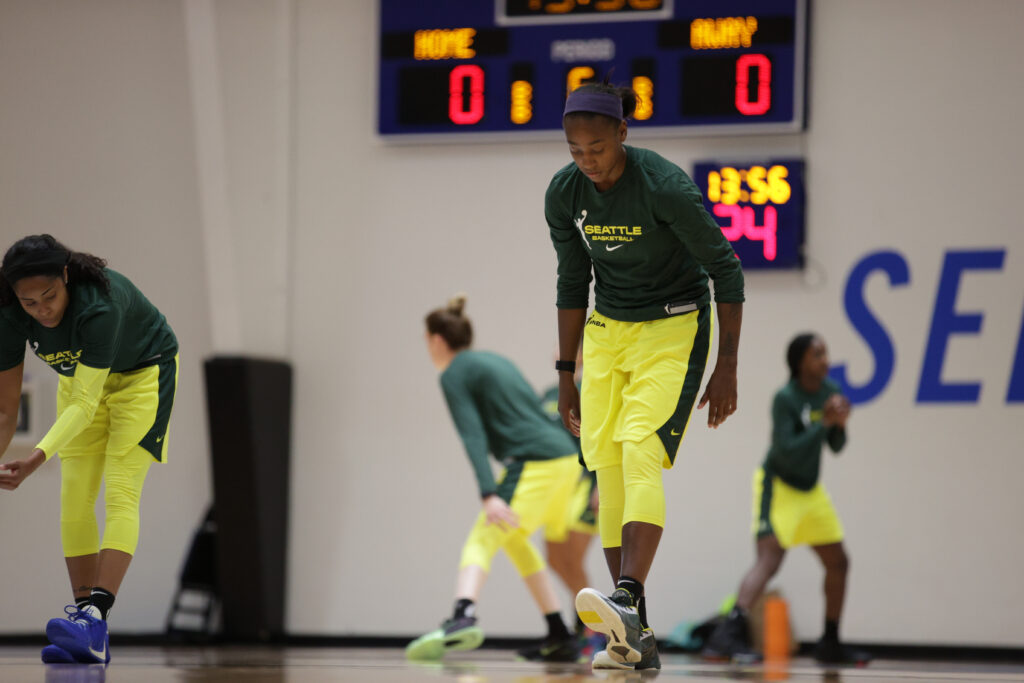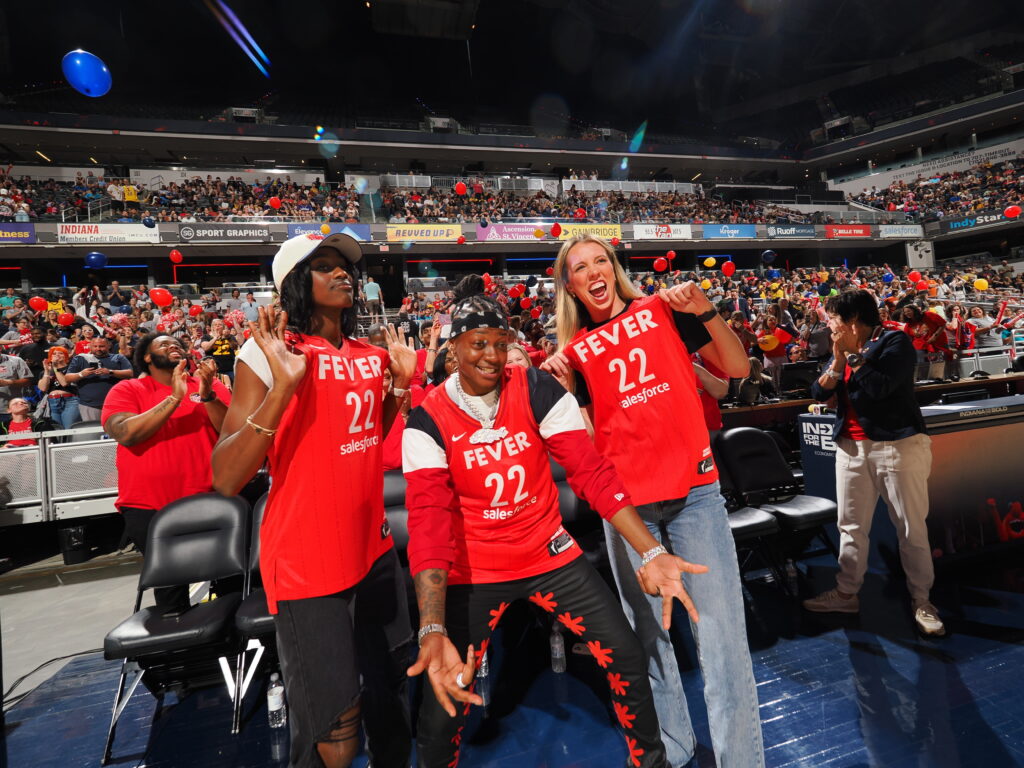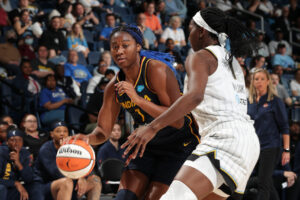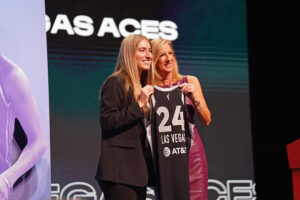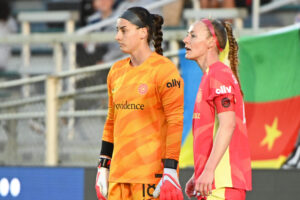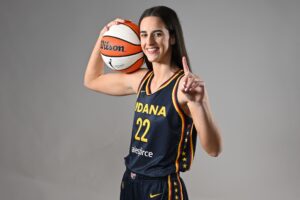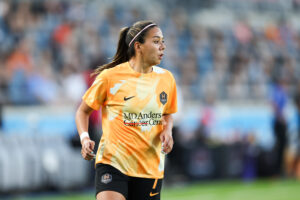The women playing in the NCAA Tournament have no time for the haters. You know, the people who fire off ignorant tweets about how the women’s tournament isn’t as exciting as the men’s, or who write about how it’s lacking upsets.
The only thing that was lacking in the first two rounds was any sense of calm, because the first 52 games were pandemonium.
Eight double-digit seeds won in the first two rounds, and two 10-seeds — Creighton and South Dakota advanced to the Sweet 16.
If you need more proof that there’s parity in women’s basketball, look no further than No. 14 Jackson State, who went wire to wire with No. 3 LSU, or No. 12 Belmont, who nearly knocked off No. 4 Tennessee. And if that’s still not enough, turn your attention to No. 11 Princeton, who lost by one-point to No. 3 Indiana at Assembly Hall.
I don’t think we need to create a competition between the men’s and the women’s tournaments — I eat up every second of both events — but it never hurts to present the facts.
The men’s tournament saw nine double-digit seeds win in the first two rounds — just one more than the women’s — and had the same number of double-digit seeds make the Sweet 16 (two) as the women’s tournament.
Another thing to keep in mind: The first men’s national title took place 43 years before the first women’s tournament. So while men’s basketball was growing, women still spent over four decades fighting for their right to play.
Then, there is the argument that the same teams always win the women’s tournament. Well, UConn has won 11 times, and Tennessee has won eight. Stanford and Baylor are next on the list of repeats, with three each. After that, no team has won more than two. One the men’s side, UCLA has 11 titles, Kentucky has eight and six other programs have three or more.
Those are the facts. I’ll let you decide how to interpret them.
Now, with that out of the way, let’s get back to appreciating the women’s NCAA Tournament for what it is: madness. Starting with the two biggest upsets of the week.
No. 10 Creighton 64, No. 2 Iowa 62
The Bluejays came into Carver Hawkeye Arena and absolutely stunned Iowa. Creighton was able to limit Caitlin Clark — a near impossible feat — to a season-low 15 points.
Coach Jim Flanery’s game plan was relatively simple, but also genius. The Bluejays rotated defenders and had a different player match up with Clark every few minutes. This ensured a constant supply of fresh legs. It also meant that Clark had to adapt to different styles — speed, strength, athleticism, peskiness — every time she had a new player on her. As a result, the National Player of the Year candidate was forced to adjust to the defense, rather than it adjusting to her, which has been the case all season.
Then there was Lauren Jensen, the Creighton sophomore and Iowa transfer who hit the game-winning 3-pointer. The guard says there is no bad blood between the programs, but it still takes a sky-high level of poise to come in as an underdog, against your former team, in their home gym, and do what she did. Jensen finished with a team-high 19 points.
Lauren Jensen gives the Jays the lead! #MarchMadness x @CreightonWBB pic.twitter.com/cFfuJXftTX
— NCAA March Madness (@MarchMadnessWBB) March 20, 2022
No. 10 South Dakota 61, No. 2 Baylor 47
The Coyotes earned their first Sweet 16 appearance with an upset of No. 2 Baylor, while also ending the Bears’ streak of 12-straight third-round NCAA Tournament appearances.
South Dakota ranks eighth in the country in scoring defense, giving up 53.1 points per game. The Coyotes used that to their advantage and held Baylor — the 16th scoring offense in the country at 76.5 points per game — to its lowest point total of the season. South Dakota also forced 19 turnovers, which turned into 20 points on the other end.
Offensively, the Coyotes went 8-for-16 from 3-point range and had three double-digit scorers. Seniors Hannah Sjerven, Chloe Lamb and Liv Korngable had 16, 15 and 11 points, respectively.
All of that adds up to a historic upset for South Dakota.
No. 4 Tennessee 70, No. 12 Belmont 67
This was the perfect recipe for an upset. Belmont, coming off a first-round win over No. 5 Oregon, averages 8.6 3-pointers per game. Tennessee, according to Her Hoop Stats, ranks 333rd out of 356 teams in opponents’ 3-point makes.
Offensive rebounds kept this one close, as the Bruins had 18 offensive boards and 23 second-chance points. But Tennessee was able to escape and advance to the Sweet 16 thanks to a Sara Puckett 3-pointer with 18 seconds left and Belmont’s missed chances at the free-throw line. The Bruins were 5-for-10 at the line, including two misses with 25 seconds left when they were up 66-64.
THE FRESHMAN!
— Lady Vol Basketball (@LadyVol_Hoops) March 22, 2022
ICE. WATER.
📺 ESPN
📲 https://t.co/6yMKYQ1tMK pic.twitter.com/ABODs9pL1C
No. 3 Indiana 56, No. 11 Princeton 55
Indiana, up 10 points at halftime, scored just six points in the third quarter. The Tigers took advantage, and with 38 seconds left, the game was tied at 52.
Grace Berger, IU’s leading scorer, sliced through the Princeton defense for a layup with 29 seconds left. Then, the Hoosiers forced a turnover to seal the victory. Princeton got its last possession down four with one second left. IU came out in a zone, making sure not to foul, and Abby Meyers hit a 3-pointer to bring Princeton within one, but it was too late.
The clutch gene. @grace_berger34’s got it. 🥶 pic.twitter.com/Pfe1yBG6tt
— Indiana Women’s Basketball (@IndianaWBB) March 22, 2022
No. 5 Notre Dame 108, No. 4 Oklahoma 64
This was not a double-digit upset, and certainly not a close game, but Notre Dame’s beatdown of Oklahoma is exciting for a different reason. The Fighting Irish put on an offensive clinic. They shot 53.9 percent from the field and 40 percent from beyond the arc. Dara Mabrey had 29 points, including seven 3s, tying her with sister Marina Mabrey for the most 3s made by a Notre Dame player in an NCAA Tournament game.
The win also marked the first time a team in either the men’s or women’s tournament has beaten a lower-seeded team by 40 points or more.
No. 1 Stanford 91, No. 9 Kansas 65
Senior Lexie Hull propelled Stanford past Kansas thanks to a career-high 36 points. With the victory, Hull and twin sister Lacie get to play the Cardinal’s next-round game against Maryland in their hometown of Spokane, Wash.
The Hulls won two state championships at Central Valley High School and were 102-6 during their four years there.
Eden Laase is a contributing writer at Just Women’s Sports. She previously ran her own high school sports website in Michigan after covering college hockey and interning at Sports Illustrated. Follow her on Twitter @eden_laase.
